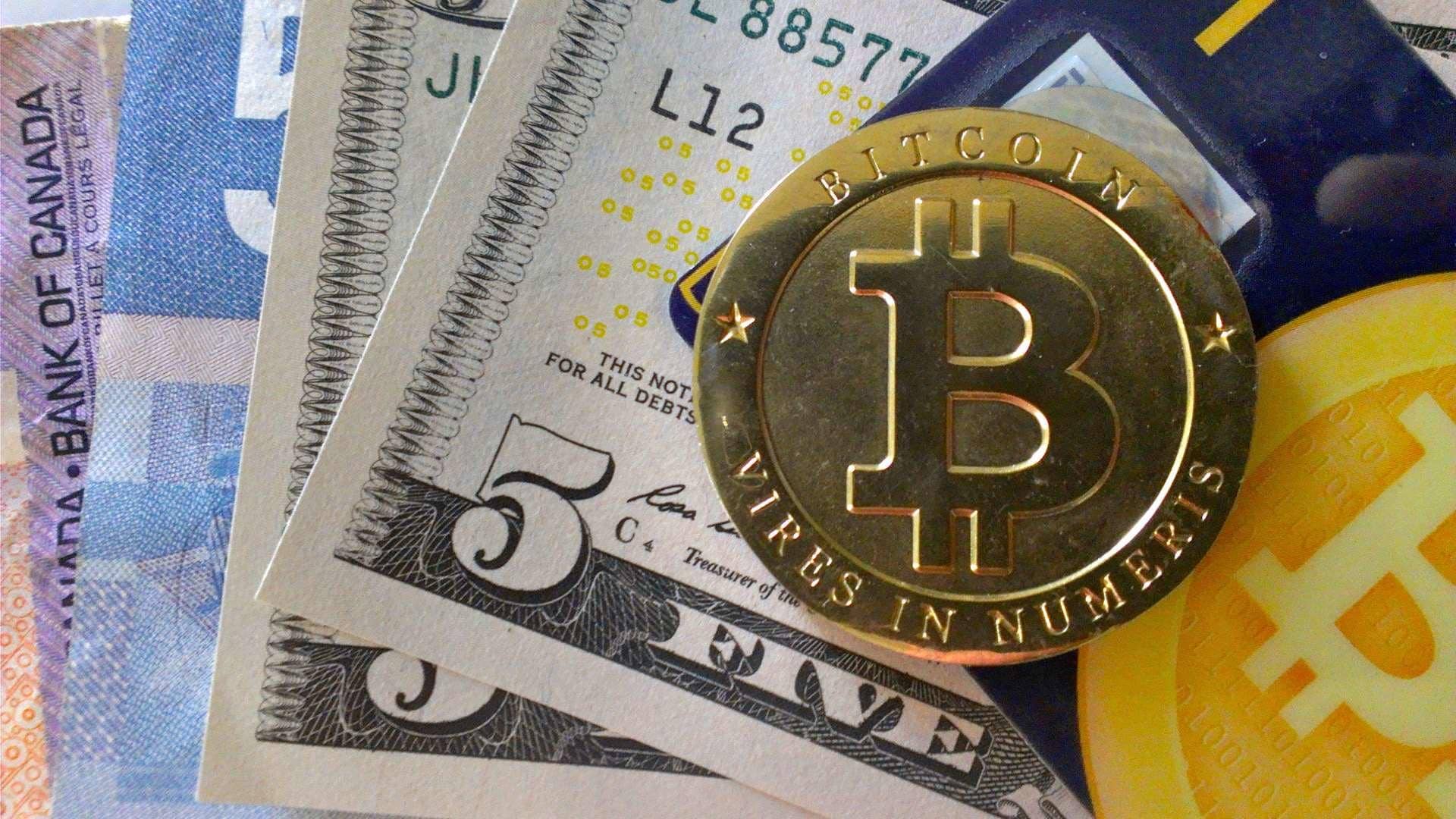Why Volatility is Important for Investors
Content
- Volatility origin
- Meaning of volatility in English
- Volatility: Meaning In Finance and How it Works with Stocks
- S&P 500 Notches Weekly Loss Following Jobs Data, Market Volatility Increases Sharply
- Volatility measures how dramatically stock prices change, and it can influence when, where, and how you invest
- Commodity Risk
The number itself isn’t terribly important, and the actual calculation of the VIX is quite complex. Because people tend to experience the pain of loss more acutely than the joy of gain, a volatile stock that moves up as often as it does down may still seem like an unnecessarily risky proposition. However, what seasoned traders know that the average person may not is that market volatility actually provides numerous money-making opportunities for the patient investor. As an investor, you can use volatility to your advantage by incorporating it into your trading strategies. By watching and identifying stocks when they are low and doing your due diligence in tracking the volatility, you can trade for a profit. Some assets are more volatile than others, thus individual sharesare more volatile than a stock-market index containing many different stocks.
- Even if there are no elections or new officials, there could be changes in foreign or domestic policies that could leave investors unsure of what is to come and how they will be affected.
- You then back-solve for implied volatility, a measure of how much the value of that stock is predicted to fluctuate in the future.
- You can learn more about the standards we follow in producing accurate, unbiased content in oureditorial policy.
- The higher level of volatility that comes with bear markets can directly impact portfolios while adding stress to investors, as they watch the value of their portfolios plummet.
- By watching and identifying stocks when they are low and doing your due diligence in tracking the volatility, you can trade for a profit.
- If the options prices start to rise, that means implied volatility is increasing, all other things being equal.
- Let’s take a closer look at these key investing concepts to better understand their similarities and differences.
High growth is possible but hard to predict for an individual stock or token. Investors must have the internal fortitude and long-term conviction to hold these assets during periods of high volatility. Share In financial terms, the official share definitionis a unit of ownership of a company or… Securities Security is a type of financial instrument that holds value and can be traded between two… Risk Looking for a risk definition and want to know what risk means? A security is said to have a higher level of volatility when its value can change dramatically in a short space of time.
Sure, you put more on the line, but the rewards are greater as well. Younger investors seem to be more comfortable with high-volatility stocks since they have more time to rebound if their investments are not as profitable as anticipated. You may think that risk and volatility are the same and that you can use the terms interchangeably, but this is not the case. When you invest in an option with high volatility, you may be taking a risk.
Volatility origin
Over the last 60 days, our Zacks Consensus Estimate for the current quarter has moved from 73 cents per share to 76 cents in that period. In a 2020 report, Crestmont Research studied the historical relationship between stock market performance and volatility. For its analysis, Crestmont used the average range for each day to measure the volatility of the Standard & Poor’s 500 Index (S&P 500). Their research found that higher volatility corresponds to a higher probability of a declining market, while lower volatility corresponds to a higher probability of a rising market.
The wider the Bollinger Bands, the more volatile a stock’s price is within the given period. A stock with low volatility has very narrow Bollinger Bands that sit close to the SMA. Because the variance is the product of squares, it is no longer in the original unit of measure. Since price is measured in dollars, a metric that uses dollars squared is not very easy to interpret.
Understanding Portfolio Diversification Spreading your money across industries and companies is a smart way to ensure returns. Central banks like the Federal Reserve control a nation’s monetary policy. They change interest rates to stimulate or slow an economy as necessary. Investors demand better returns from taking on more risk because they assume a greater chance of losing money. Volatility measures how much the price of a security, derivative, or index fluctuates.
Meaning of volatility in English
You can learn more about the standards we follow in producing accurate, unbiased content in oureditorial policy. Pete Rathburn is a copy editor and fact-checker with expertise in economics and personal finance and over twenty years of experience in the classroom. And volatility is a useful factor when considering how to mitigate risk.
Traders calculate standard deviations of market values based on end-of-day trading values, changes to values within a trading session—intraday volatility—or projected future changes in values. The volatility of a stock can be seen as an indicator of fear or uncertainty. Prices tend to swing more wildly when investors are unable to make good sense of the economic news or corporate data coming out. An increase in overall volatility can thus be a predictor of a market downturn.

Shares of ablue-chip company may not make very big price swings, while shares of a high-flying tech stock may do so often. That blue-chip stock is considered to have low volatility, while the tech stock has high volatility. An individual stock can also become more volatile around key events like quarterly earnings reports. Stock market volatility can pick up when external events create uncertainty. No one knew what was going to happen, and that uncertainty led to frantic buying and selling. The best advice is to develop a strategy that manages risk through asset allocation and mitigates risk through diversification.
Volatility: Meaning In Finance and How it Works with Stocks
Knowledge of volatility is often useful in the separation of components from a mixture. The newly formed vapor can then be https://xcritical.com/ discarded or condensed into a separate container. When the vapors are collected, this process is known as distillation.
If prices are randomly sampled from a normal distribution, then about 68% of all data values will fall within one standard deviation. Ninety-five percent of data values will fall within two standard deviations (2 x 2.87 in our example), and 99.7% of all values will fall within three standard deviations (3 x 2.87). In this case, the values of $1 to $10 are not randomly distributed on a bell curve; rather.

Historical Mortgage Rates A collection of day-by-day rates and analysis. If you’re right, the price of the option will increase, crypto volatility and you can sell it for a profit. The emotional status of traders is one reasonwhy gas prices are often so high.
S&P 500 Notches Weekly Loss Following Jobs Data, Market Volatility Increases Sharply
Volatility, as expressed as a percentage coefficient within option-pricing formulas, arises from daily trading activities. How volatility is measured will affect the value of the coefficient used. This is a measure of risk and shows how values are spread out around the average price.
The effect of molecular mass can be partially isolated by comparing chemicals of similar structure (i.e. esters, alkanes, etc.). For instance, linear alkanes exhibit decreasing volatility as the number of carbons in the chain increases. Boiling point is the temperature at which the vapor pressure of a liquid is equal to the surrounding pressure, causing the liquid to rapidly evaporate, or boil.
Volatility measures how dramatically stock prices change, and it can influence when, where, and how you invest
For this reason, many traders with a high-risk tolerance look to multiple measures of volatility to help inform their trade strategies. Volatility is how much and how quickly prices move over a given span of time. In the stock market, increased volatility is often a sign of fear and uncertainty among investors. This is why the VIX volatility index is sometimes called the “fear index.” At the same time, volatility can create opportunities for day traders to enter and exit positions.
What do you think implied volatility will do tomorrow at 930am if cpi is cool or flat? Let’s assume vix is flat
— Dave Sally (@Davesally6) March 13, 2023
Conversely, making a risky investment doesn’t always mean investing in a highly volatile security or option. Historical volatility, also referred to as statistical volatility, is different from implied volatility because it isn’t predicting activity or pricing changes by looking forward. Rather, it is using historical data and basing predictions on what has happened in the past. Historical volatility is generally expressed as a percentage that reflects the deviation from the average price.
Commodity Risk
Volatility-based securities that track the VIX index were introduced in the 2010s, and have proved enormously popular with the trading community, for bothhedginganddirectionalplays. In turn, the buying and selling of these instruments have had a significant impact on the functioning of the original index, which has been transformed from alagginginto aleadingindicator. Day traders focus on volatility that occurs second-to-second or minute-to-minute, while swing traders focus on slightly longer time frames, usually days or weeks. Prepare for what’s to come and protect financial future with the help of Goldco. Current Mortgage Rates Up-to-date mortgage rate data based on originated loans.
The standard deviation is a statistic measuring the dispersion of a dataset relative to its mean and is calculated as the square root of the variance. Adam Hayes, Ph.D., CFA, is a financial writer with 15+ years Wall Street experience as a derivatives trader. Besides his extensive derivative trading expertise, Adam is an expert in economics and behavioral finance.
It provides a forward-looking aspect on possible future price fluctuations. For example, a lower volatility stock may have an expected return of 7%, with annual volatility of 5%. This would indicate returns from approximately negative 3% to positive 17% most of the time (19 times out of 20, or 95% via a two standard deviation rule). These estimates assume a normal distribution; in reality stocks are found to be leptokurtotic. Volatility is a key variable in options pricing models, estimating the extent to which the return of the underlying asset will fluctuate between now and the option’s expiration.
